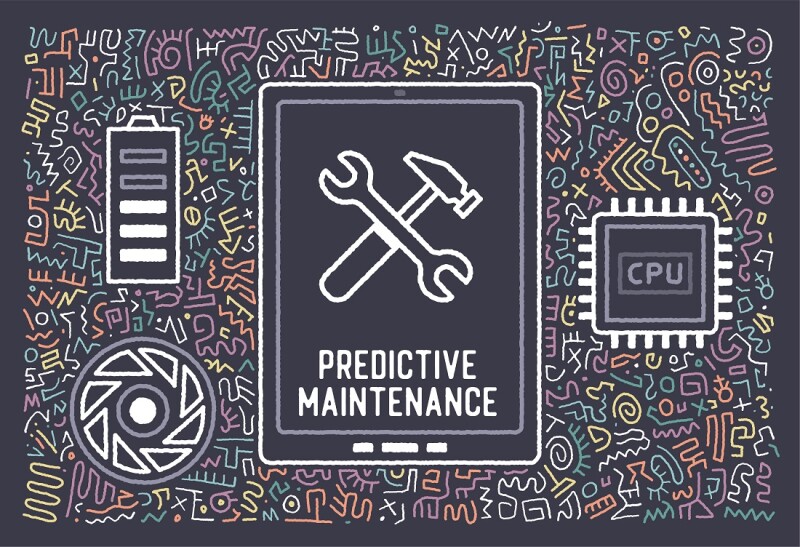Possibly the hottest tech-related buzzword in the oil and gas industry is machine learning (ML). It has been a constant discussion topic in oil and gas and is transforming how companies interact with data. Despite becoming a transformative piece of tech, it continues to be misunderstood, and many professionals in the industry have hesitated to implement ML solutions into their operations. Executives must view ML as an oil and gas industry champion, especially upstream. With the capacity for massive amounts of data computation, ML will help any E&P company optimize its processes while improving business metrics.
One of the more useful applications of ML in upstream oil and gas is prediction. ML models and tools have been created to predict various outcomes quickly and accurately. The predictive nature of ML has provided operators and engineers with improved foresight into areas such as new well placement and equipment maintenance.
The Basics of ML
To fully understand how ML and its predictive capabilities improve safety, increase efficiency, and reduce costs, business leaders must understand the core concepts better. The first step in understanding ML is to strip it down to its basic premise. At its core, the technology is used to find patterns in large data sets to predict outcomes. Oil and gas executives will identify which problems need solving and choose the ML algorithm that best fits their needs. Operators and engineers will then pick out the relevant data, which is then trained and turned into an ML model. The model is then used to predict outcomes better and faster than a human can.
Before machine learning, data science would use several different math formulas and test the results to see which input had the best outcome. Integrating ML into E&P operations improves accuracy, is less labor-intensive, and helps reduce costs.
Cutting Costs With Predictive Maintenance
The use of ML to foresee needed repairs for machinery and equipment has come to be known as predictive maintenance. Predictive maintenance is just the use of data and algorithms to optimize machinery. Predictive maintenance presents immense value to the oil and gas industry as upstream companies go through at least 27 days of unplanned downtime each year, costing them $38 million. To further put the cost of unplanned downtime in perspective, a brief 3.65 days of downtime can cost companies more than $5 million.
Predictive maintenance can gather information from various facets of a well or rig and compile patterns to identify likely issues before they occur. By applying ML to equipment like pumps and compressors, E&P companies can significantly reduce downtime and costs while extending the lifespan of machinery.

